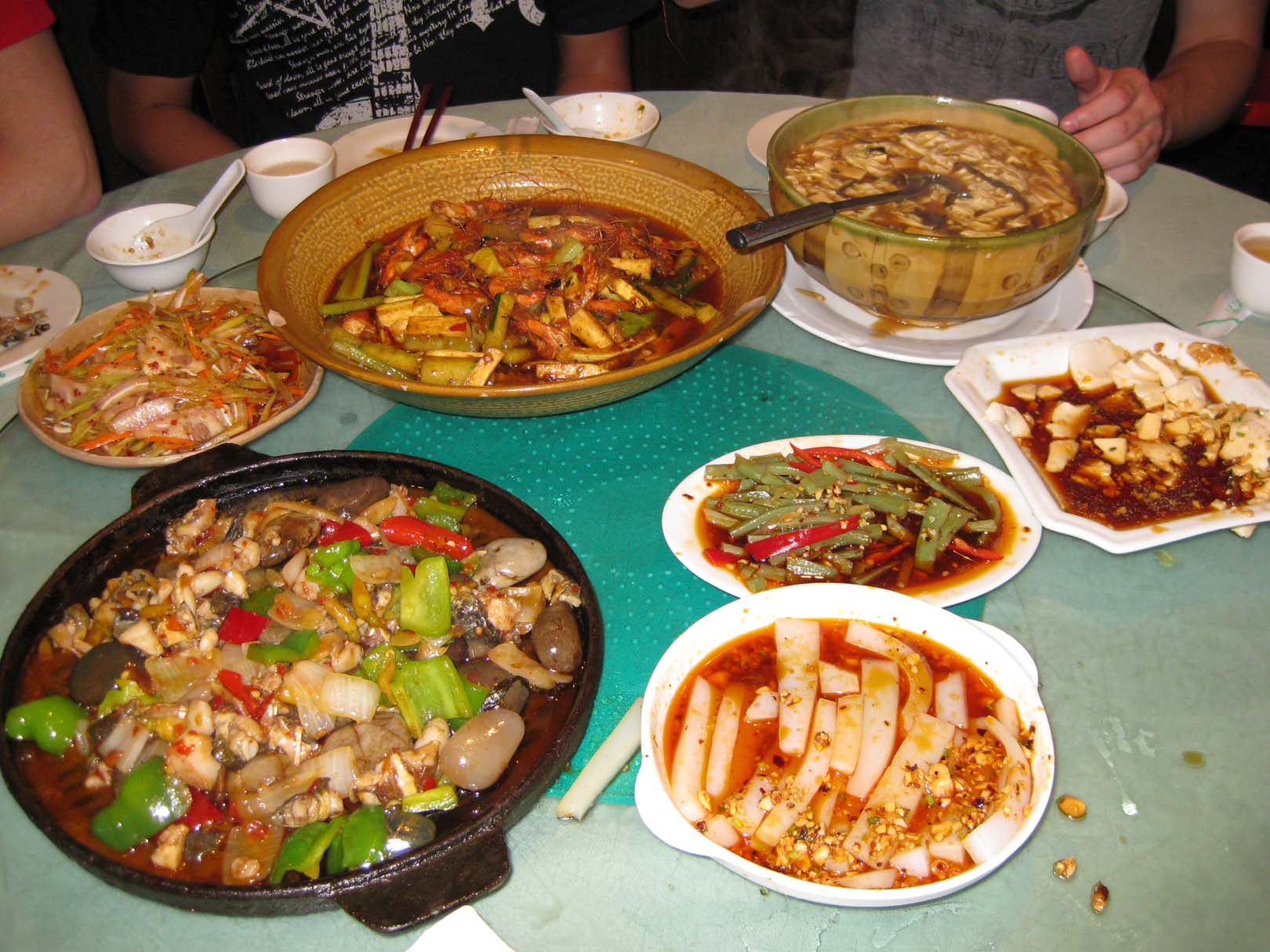Kids Having Fun with Food: A Global Adventure

We first experience the world through our mouths. To the consternation of parents and older siblings everywhere, babies stuff whatever they can reach into their maws, then lick, gum, or chew, experiencing all kinds of flavors, textures, and shapes, before spitting or swallowing as they wish. We begin as oral explorers, and parents can take advantage of that by providing their children with richly varied tastes.
Savvy parents have long advised against an over reliance on commercial baby and especially toddler foods, which tend toward soft blandness and hence discourage the development of adventurous palates. Instead, while still following all the schedules for introducing new foods recommended by pediatricians, parents can feed babies chopped or ground versions of all the foods they themselves eat—to the benefit of the baby’s health and tastebuds, not to mention their parents’ wallets. By toddler age, kids can eat most of what the rest of their family eats, just chopped smaller and without the spiciest of spices.
By introducing children to a variety of cuisines at an early age, they are exploring other parts of the world and learning about other cultures through a necessary function, so why not make it fun and interesting?
Once you have a small child eating essentially the same foods as parents and older siblings, you have all the ingredients you need for family culinary adventures. Here are some tips for making your first such forays successful:
- Start with favorites and expand. If Junior already likes grilled cheese, it’s a simple stretch to quesadillas. Pureed spinach and cut-up cheese isn’t far from saag paneer. Spaghetti lovers will probably welcome Chinese or Japanese noodles.
- Introduce new ingredients one or two at a time so as not to overwhelm.
- Remember that young palates are delicate, so go easy on salt, fiery hot spices, and other strong tastes.
- But do use spices, letting babies and toddlers smell them and appreciate the colors before gradually introducing them as tastes.
- Keep recipes simple at first or purposefully omit nonessential ingredients. It’s often easier for kids to start with only a handful of ingredients, then work their way up to complex foods such as casseroles and stews.
- Cook together! There is nothing like putting on a chef’s hat and helping mix, pound, and roll the ingredients to get a child interested in eating the end result.
- Whenever you can, secure your ingredients from a farmer’s market or pick-your-own farm. Better still, grow them yourself. The more a child feels connected to where his or her food comes from, the more interesting that food will seem.
- Make new foods festive by using interesting colors, shapes, and layers. Sushi, burritos, dumplings, spring rolls, empanadas, blintzes, stuffed cabbage, and layered salads can encourage even picky eaters to try new things.
- Decorate food whenever you can. Kids can be big on presentation, which can also be a great kid activity while an adult handles the sharp knives and hot stove.
- Expand fun and learning opportunities by organizing themed evenings with food, a story, some music, and maybe a game from the same country.
- Be sure to include cuisines to which your family has a personal connection, such as special dishes from your ancestral home country or places where you have spent time, so that stories about the place can reinforce the pleasure of the new foods.
- Expand your repertoire by using global cookbooks and by searching websites for creative ideas on global cooking with kids. A few of my favorites are Global Gourmet, Cooking with Kids, and Epicurious.
Restaurants can be wonderful shortcuts to culinary adventure, especially when you don’t have the time to cook or just want something different. Restaurants featuring ethnic cuisines frequently offer some of the best and freshest food around, typically in settings with music, art, and other cultural artifacts that can ignite a child’s imagination. But don’t stress out too much about authenticity. Even jumbled exotica can offer fun and flavorful inspiration for kids.
Try not to let any restaurant visits deteriorate into demands for the blandest items on the menu. Gently encourage trying new things via tastes from grown-up plates or a selection of interesting, kid-friendly appetizers. Whenever possible, avoid the greasy, salty and/or over-sweetened dishes so often featured on “kid’s menus.”
Once you have cultivated a reasonably adventurous eater, you’ll find that both family meals and travel become much easier. A child who has learned to like real food as much as—and hopefully even more than—chicken nuggets and French fries is a child better prepared to explore the world.
For a related piece on Cooking Revolutionary Food, see my piece on Huffington Post.
